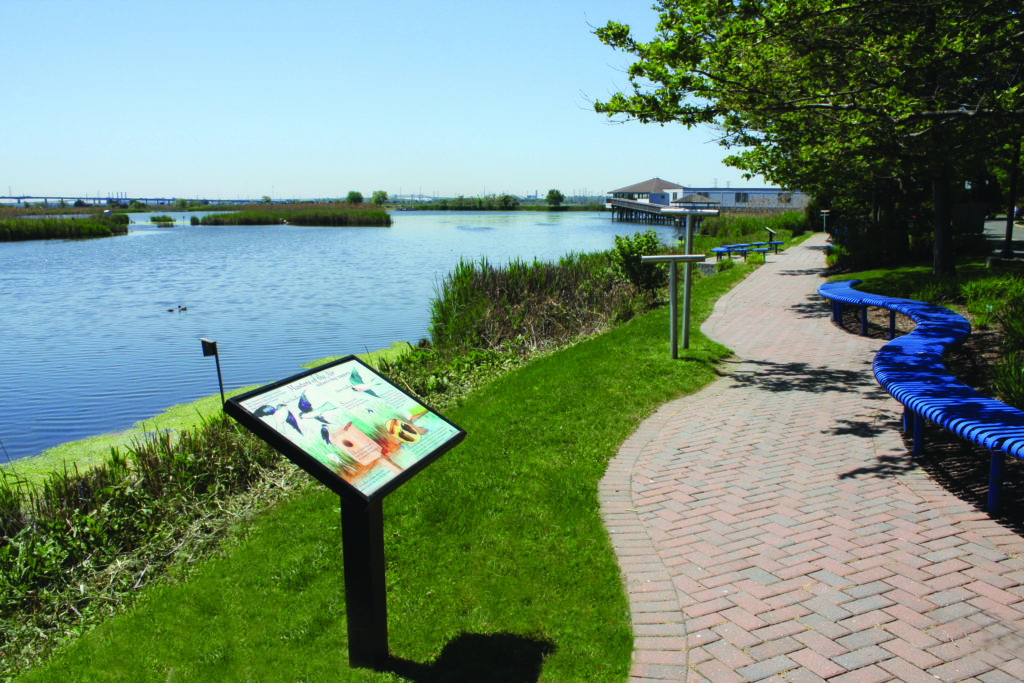
Join the Bergen County Audubon Society this Thursday (Aug. 20) as they lead an evening walk through DeKorte Park and point out its amazing flora and fauna! The walk runs from 6:30 to 7:45 p.m.
Info: Don Torino at greatauk4@gmail.com or 201-230-4983.


Join the Bergen County Audubon Society this Thursday (Aug. 20) as they lead an evening walk through DeKorte Park and point out its amazing flora and fauna! The walk runs from 6:30 to 7:45 p.m.
Info: Don Torino at greatauk4@gmail.com or 201-230-4983.

Thanks to Dee De Santis for the great photos of the Grey Catbird above and more, taken at last weekend’s DeKorte Park BCAS walk!






The Bergen County Audubon Society is pleased to present a day of Birding for Beginners Talks and Walks on Sunday, Sept. 13 at DeKorte Park in Lyndhurst. The event runs from 10 a.m. to 2 p.m. The day is the perfect opportunity for those who are interested in birding but aren’t quite sure how to start.
Schedule: Talks will be at 10:00 am and 11:30 am with walks following immediately after. The talks and walks are free. There is a 60 person capacity for each talk/walk. Click here to register.
The talks will focus on everything you need to know to start your birding adventures. Discussion topics include What Is Birding? How to Better ID Birds, Birding Optics, Field Guides, and more. Following the talks, BCAS members will give a guided walk of the park, a premier spot for great birding.
Talks are outdoors and face coverings are required when social distancing is not practical. There will be no access to buildings. Restroom facilities are unavailable.
For more information or questions email info@njsea.com and greatauk4@gmail.com
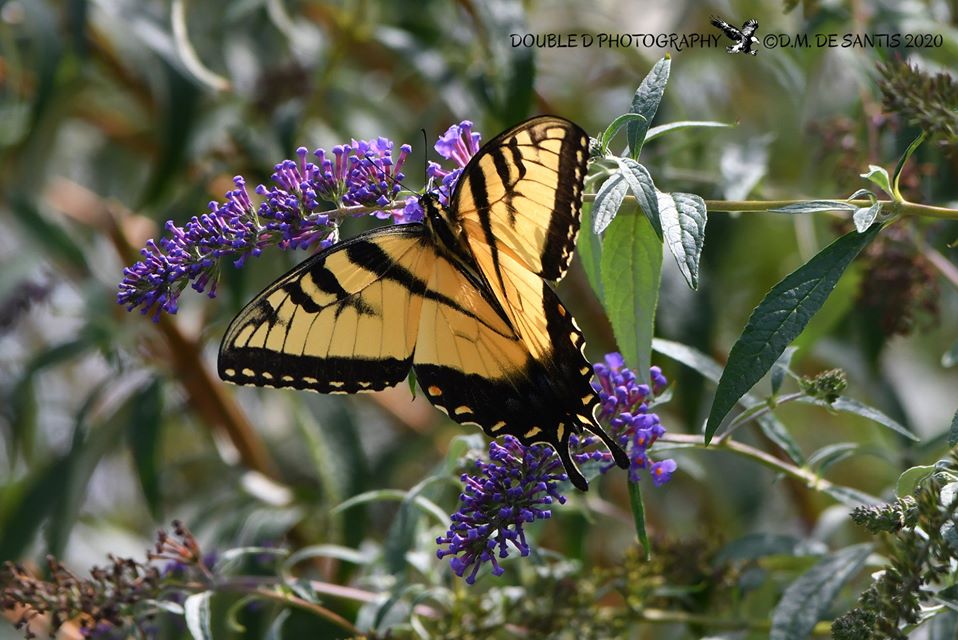
The butterflies (and more) were out in full force for this past Saturday’s Bergen County Audubon walk at DeKorte Park. Thanks much to Dee De Santis for this spectacular array!
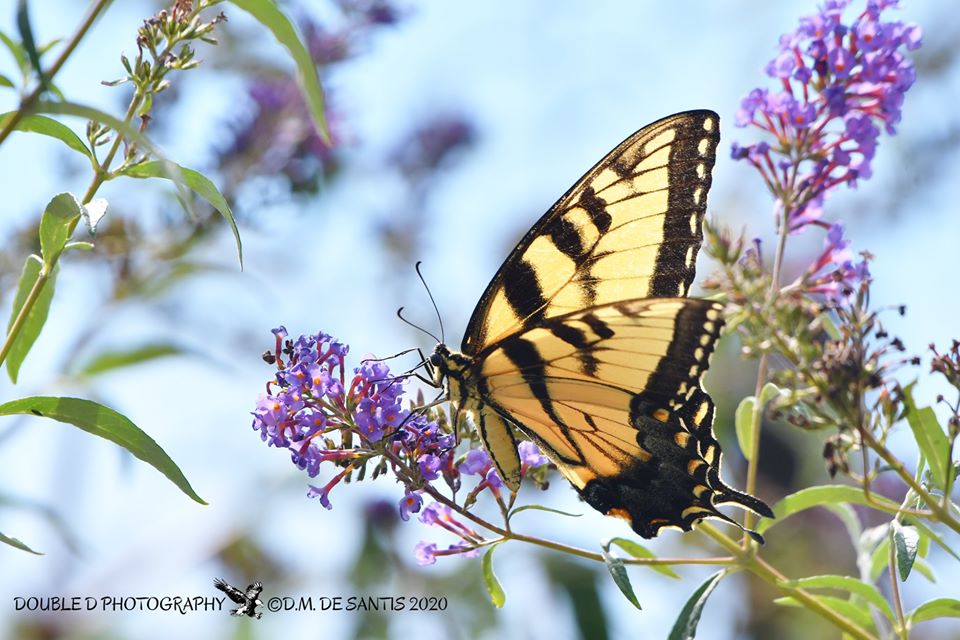

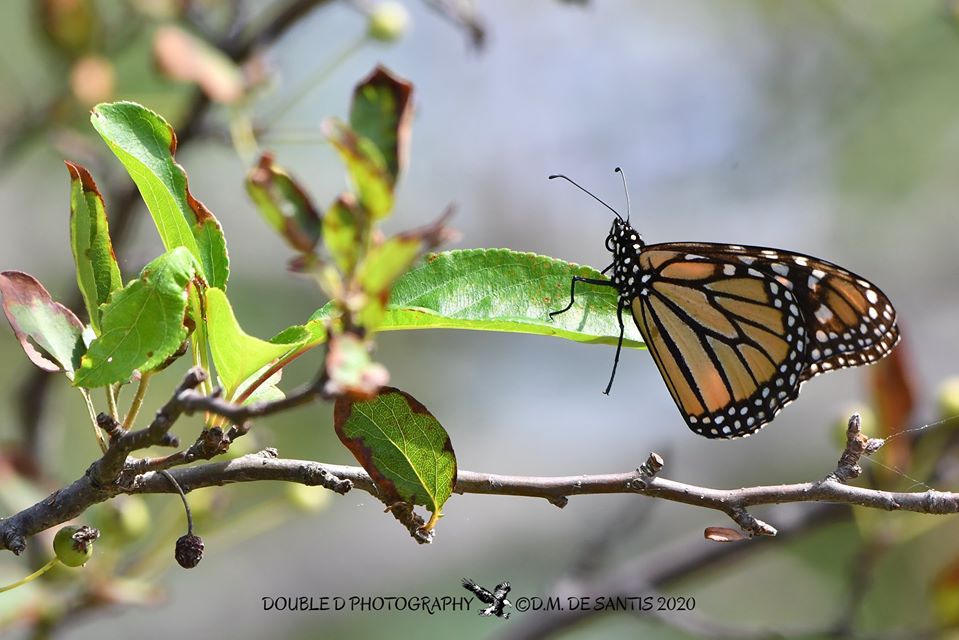
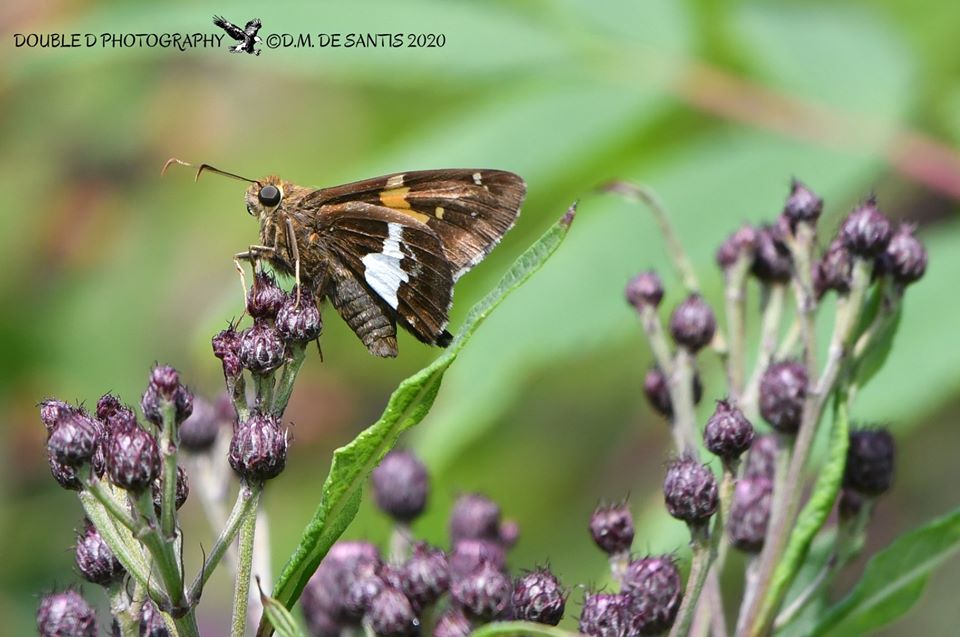
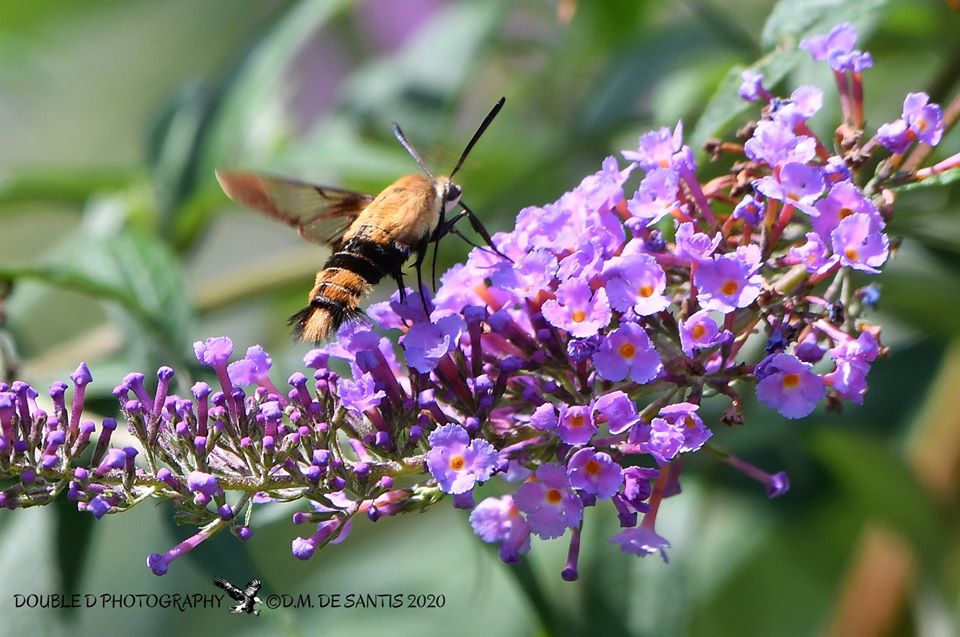
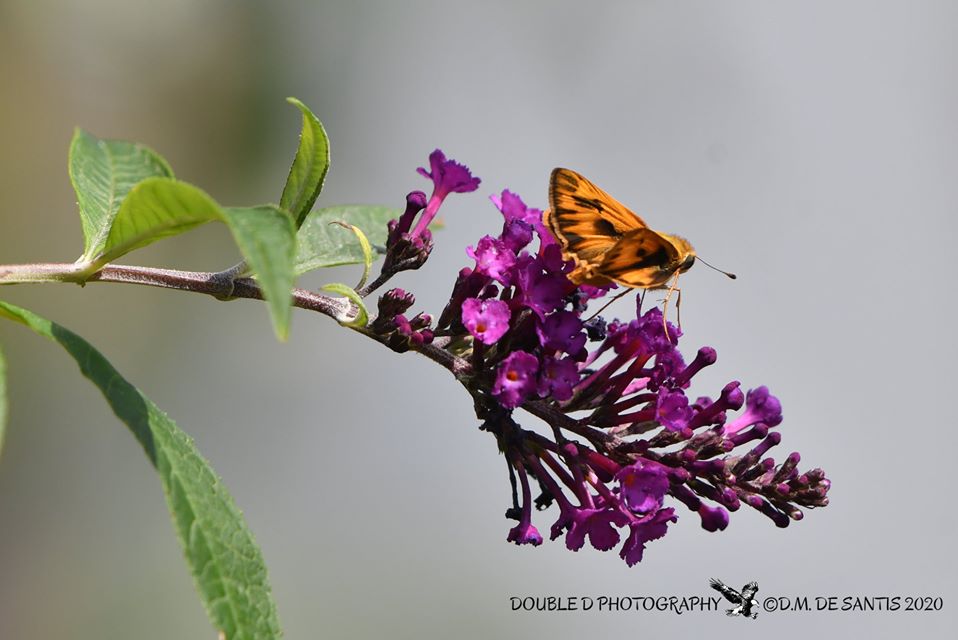

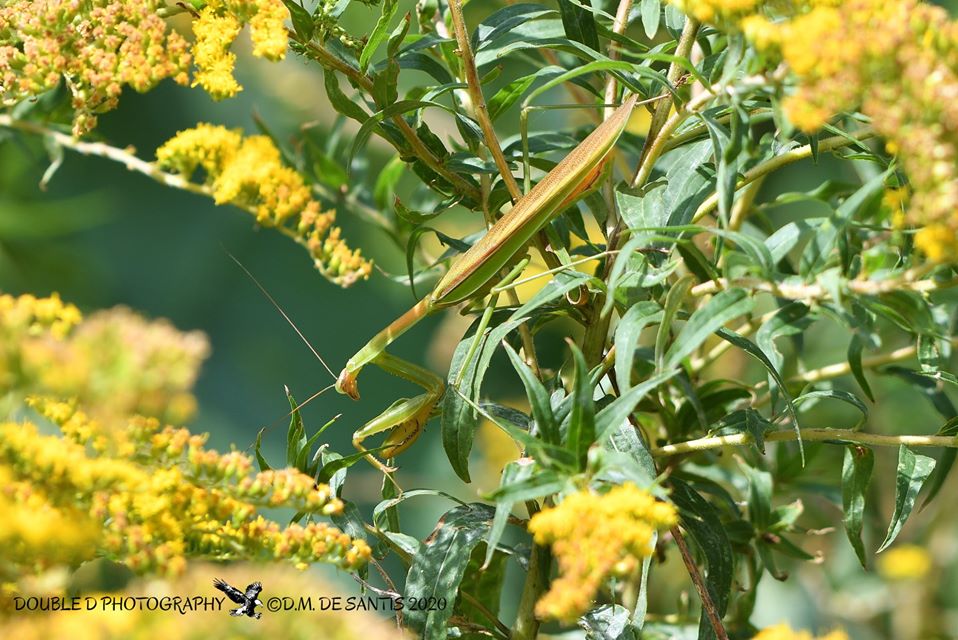

Join the Bergen County Audubon Society this Thursday (Aug. 20) as they lead an evening walk through DeKorte Park and point out its amazing flora and fauna! The walk runs from 6:30 to 7:45 p.m.
Info: Don Torino at greatauk4@gmail.com or 201-230-4983.
For the purpose of this policy, an Unmanned Aerial Vehicle (UAV), commonly known as a “drone” or referred to as a Remotely Piloted Aircraft (RPA), is defined by the International Civil Aviation Organization (ICAO) as “an aircraft without a human pilot “aboard” and is hereinafter referenced as a drone.
The use of drones at DeKorte Park in Lyndhurst is limited to the following instances only:

Join the Bergen County Audubon Society this coming Saturday, Aug. 15, for a guided Butterfly Walk at DeKorte Park! The walk runs from 10 am to noon and they’ll be looking for several of these amazing species including Monarchs, Swallowtails and Skippers!
Information: Don Torino at greatauk4@gmail.com or 201-230-4983.
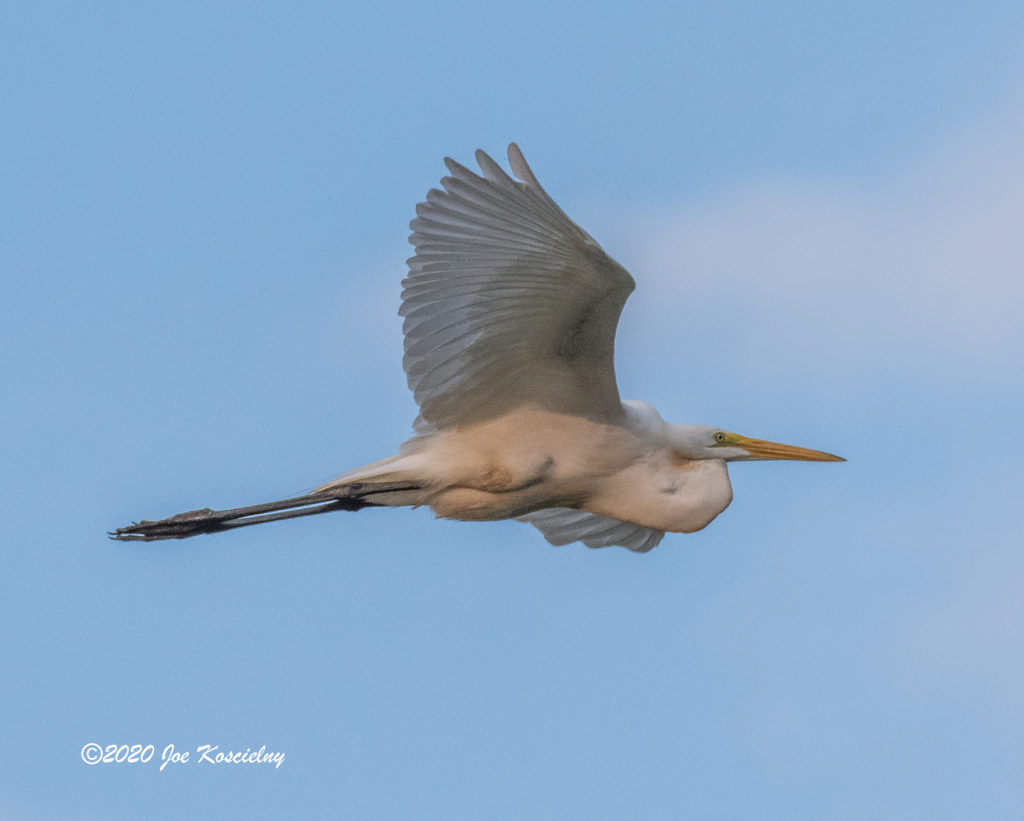
Thanks to Joe Koscielny for these fantastic photos taken on the Bergen County Audubon Society’s evening walk at DeKorte Park last week. More from Joe to come!
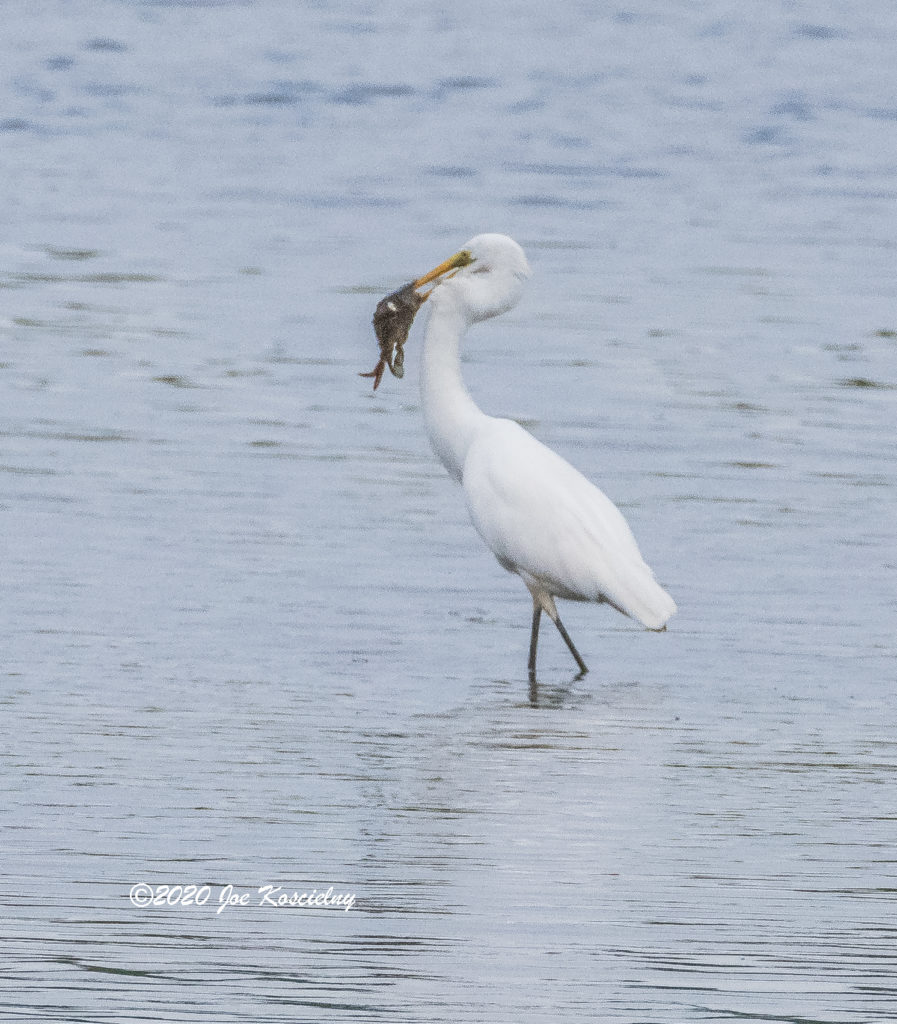


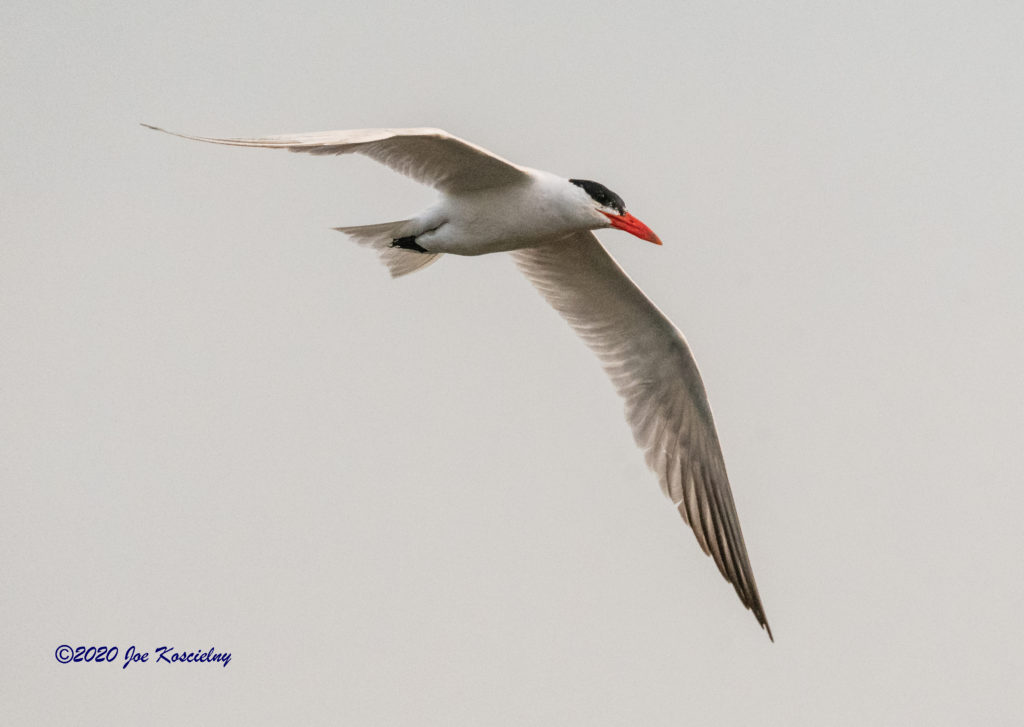
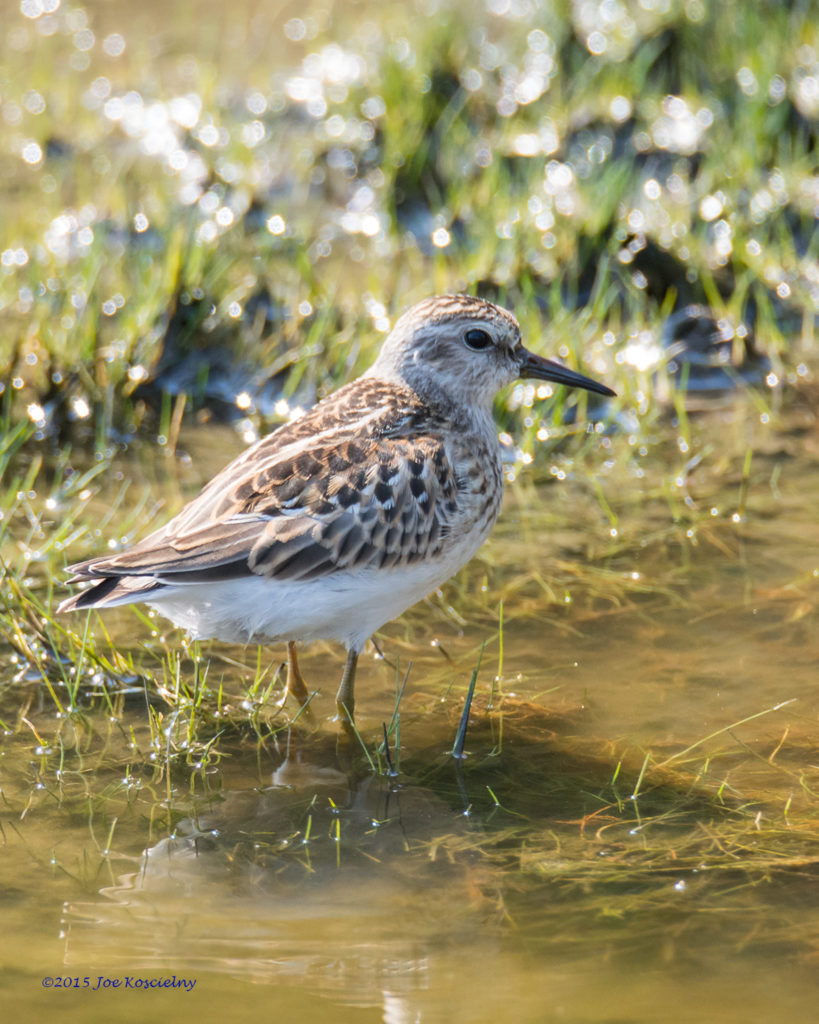
The Bergen County Audubon Society will lead a nature walk at DeKorte Park, the gem of the Meadowlands park system, on Tuesday, Aug. 18, from 9 to 11 a.m. Keep your eyes peeled for shorebirds and other early migrants like Semipalmated Sandpipers and Dowitchers.
Information: Don Torino at greatauk4@gmail.com or 201-230-4983.

No matter if you are an avid birder or just a person who happens to look up every once in a while, we all love to see a Bald Eagle soar over our heads, an Osprey catch a fish before our eyes or an amazing Peregrine Falcon make one of its incredible dives known to nature. The comeback of these amazing birds of prey from the brink of extinction to now becoming an almost common site is one of the greatest success stories in conservation history. But what most people don’t know is that there is a small group of volunteers that have taken up the task of monitoring each one of the nests of these endangered species, and in reality making themselves the guardians of these very special raptors of the skies.
These quiet, unsung heroes of the Meadowlandsnot only monitor all nesting activities from nest building time to the special time when the young leave the nest, but in between it all they are also educators, amateur biologists, public relations professionals, security guards and mother hens to the birds that we are in awe of as they make their return to their ancestral homes.
Kathy Clark, Supervising Zoologist, Endangered & Nongame Species Program at the NJDEP Division of Fish & Wildlife said: “I can’t overestimate the value of volunteers in the conservation of raptors in New Jersey. From the earliest days of the Bald Eagle Project, starting out with just one Eagle nest 40 years ago, we have had dedicated and skilled volunteers helping to monitor and protect nests. In recent years these nest monitors are the eyes and ears of the Program, and they make it possible for us to keep accurate data on the location and success of the eagle population statewide.
“Equally important, we have a corps of volunteers who help monitor and measure the impressive success of NJ peregrines and ospreys,” Clark continued. :Like eagles, these raptors are found across the state, so having locals take on monitoring responsibilities means that we can maintain a high level of information that my agency uses to make management decisions.”

Darlene De Santis knows all too well the challenges of monitoring a Bald Eagles nest. From November to July (and even longer for Dee) she is out there in the Meadowlands in every kind of weather imaginable.
“This was my second season monitoring Al and Alice II, the Ridgefield Park Eagles,” De Santis said. “I watch them year round. I never imagined I would be monitoring a Bald Eagles nest, and when Don presented the idea to me, I was thrilled but also nervous because I had no experience doing something like this.
“I learned so much about the eagles by observing their behaviors,” De Santis explained. “They work so hard bringing in nesting material and branches that are sometimes the size of small trees! Watching for “the switch” to determine if they have eggs, and knowing that they’ve hatched when you see the parents bring in prey for the eaglets is so exciting. Al and Alice II successfully raised two eaglets last year and it was amazing to see the babies fledge.
“But you always worry. One of our main concerns is people getting too close to the nest and not adhering to the buffer zone on the creek that is clearly marked to protect the eagles from human interference. This season we thought Al and Alice II had eggs, but something undetermined happened and there were no babies this year. It’s heartbreaking because for months I watched Al and Alice II bringing in branches and nesting material and working on the nest. Each time I see them I thank them for being there, tell them to stay safe and that we love them. They’ve become a very special part of my life and I’m honored to watch them.” Thanks for your incredible dedication, Darlene!

Dennis Ditzig monitors one of the most urbanized Bald Eagle nest sites we have in the State, in Passaic County. “I volunteer because I have great respect for the Bald Eagle and all the species that have gone through almost to the point of extinction,” Ditzig said. “I feel it is a privilege to spend time with this one pair from winter, well into summer. It was a real surprise to find this nest in an urban area of Passaic County. This year is my fourth season as a Wildlife Conservation Corps volunteer.
“The first year was a failure for the eagles with their nesting activities ending prematurely,” Ditzig continued. “They moved their nest to a new location after the first season. The second year was successful in hatching an eaglet which grew to a fledgling but later died from West Nile virus. The third year was very successful. The eagles had three (3) eaglets, all of whom successfully left the nest.
“This current season has one eaglet that has just fledged,” Ditzig said. “My activities begin in the cold winter months and go into the hot, sweltering summer. In early December I begin my visits to the nesting site. During a season the eagle monitoring activities include courtship and nest preparations, incubation of the egg(s), waiting for the eaglet(s) to hatch, and then monitoring the development of the eaglet until it fledges and leaves the nest. It is amazing how diligent the adult eagles are in parenting their offspring.
“This includes sitting on the nest in inclement weather and taking turns in getting food for each other and for the eaglet(s). The “Neststory” app is a great tool for recording my observations on nest status/data real time on my cell phone for the Wildlife Conservation Corps. There are several challenges that occur during the monitoring season. They include mostly people getting too close to the nest which stresses the eagles, the extremes in weather, and this year Covid-19, which caused periodic closure to nest access. I am lucky to have support from the Conserve Wildlife Foundation of New Jersey and the Bergen County Audubon Society. They are always able to resolve any issues I encounter.” Thanks Dennis, your hard work is very much appreciated!
Larissa Smith biologist for Conserve Wildlife Foundation who works directly with all volunteers is in charge of running CWF’s Citizen-Science Project monitoring the State’s eagle nests. “The success of the New Jersey Bald Eagle Project is due to the dedicated group of 80 Eagle Project volunteers who monitor eagle nests throughout New Jersey,” Smith said. “Not only do volunteers monitor eagle nests, they report on any disturbance to the nesting eagles and educate the public about eagles living in New Jersey”
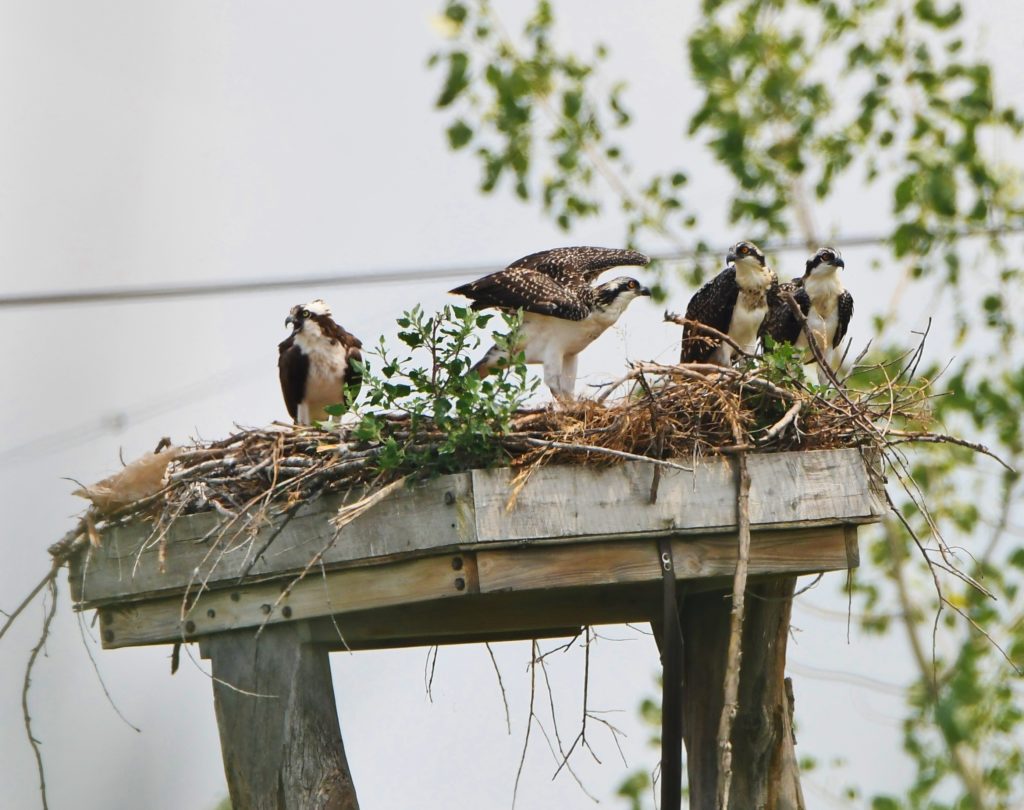
The Osprey is another raptor that was once headed for extinction from the ravages of DDT but like the Bald Eagle has made another magnificent comeback. It’s a success story that Jimmy Macaluso, Osprey nest monitor, plays a big part in.
“Six years ago while birding at Overpeck Park I noticed an Osprey carrying a stick,” Macaluso said. “While observing Osprey and Bald Eagles had gotten considerably more common at Overpeck over the preceding years, I had never seen one apparently making a nest. I informed Don Torino and it turns out that he was aware of the nest in a cell phone tower that had been built the year before.
“He informed me that this threatened species nest should really be documented and observed but no one was doing it. He asked if I would be interested and told me what was involved. Even though I was working more than full-time, I agreed. He hooked me up with Ben Wurst of Conserve Wildlife NJ who began advising me and had me report the nest on Osprey Watch, a nationwide tracking organization for Ospreys.
“The first year I was convinced that there was no active nest at this site because it was mid-April when I started observing and all I ever saw was one Osprey at the site,” Macaluso continued. “Both Don and Ben assured me that there was probably a sitting hen in the nest and sure enough after about a month I began seeing the male bring fish and the female apparently feeding young. It was very exciting.
“Then one summer afternoon a terrible electric storm hit the area and since I worked nearby I rushed to the tower to check on the birds. When I arrived there was a technician there who informed me the tower had been hit. There were no Ospreys present and the following day there were Crows scavenging in the nest. To say that I was upset was an understatement, but now I was hooked and when Jim Wright retired from the Meadowlands Commission a year or so later, I was asked to monitor the nests that he had been watching. Over the years some have gone cold and new ones have appeared and now I keep track of about a dozen nests in Bergen and Hudson counties.
“I could never do this if I hadn’t retired because it is very time consuming,” Macaluso said. “From late March until late August I visit each nest at least once a week. Because most of my nests are very high in cellphone towers or electrical transmission towers it is very difficult to see what is going on. But after watching Osprey nests for the last six years I know how to read what the adults are doing.
By studying more experienced Osprey watchers on Osprey Watch, (www.osprey-watch.org) reading up on them and getting advice from Ben, I can pretty much tell what is going on in a nest without actually viewing it. Of course it means observing each nest for sometimes long periods of times. So many times I have convinced myself a nest has failed because I see no life in it and suddenly a parent shows up with a fish and a couple of little heads pop up. And then I am relieved!
“I enjoy observing and learning from these birds tremendously. It is always bittersweet when the last fledgling leaves the nest in late July or August and I know I won’t see the pair again until the following March. And I anxiously await that day.” Thank you Jimmy for all your great efforts!
Ben Wurst, Habitat Program Manager for Conserve Wildlife Foundation of New Jersey, was headed out to help an Osprey nestling he fostered into a nest as he explained to me: “Ospreys are the only species of raptor in New Jersey who nest in very close proximity to people, especially along the coast. This relationship allows them to be admired and monitored closely. Over time we have watched the human population grow along the coast. Ospreys were impacted by that growth in the 1950-60s through the use of DDT and direct loss of nesting habitat from development. Since artificial nest platforms began to be used in the late 1960s to today, they have provided ospreys with safe nest sites near water and away from human disturbance. Now those nest platforms can be monitored very closely by people who are neighbors to ospreys.
“Osprey Watchers, or citizen scientists who monitor osprey nests, play a crucial role in determining overall health of the statewide population,” Wurst continued. “In 2013, we published the locations of all known osprey nests in New Jersey. Our goal was to conduct a statewide census without the use of an aerial survey by helicopter, which was very expensive, and transition to collecting observations of nest activity by the public. These Osprey Watchers would hopefully help to fill in gaps with data that’s collected by specially trained volunteers who survey the most densely populated colonies along the Atlantic coast and Delaware Bay by boat.
“Our New Jersey Osprey Watchers are crucial for observing nests when young fledge and may get into trouble. We know that at least 40 percent of osprey nests in New Jersey contain some form of plastic marine debris. A lot of that plastic, like monofilament, balloon ribbon, rope and twine can be deadly to ospreys in the form of entanglement. Nest watchers are able to watch for potential entanglement and take action to help them be rescued, if possible. All in all, we wouldn’t be where we are today with regards to the health and size of the osprey population without our volunteers who help maintain and monitor osprey nests!”
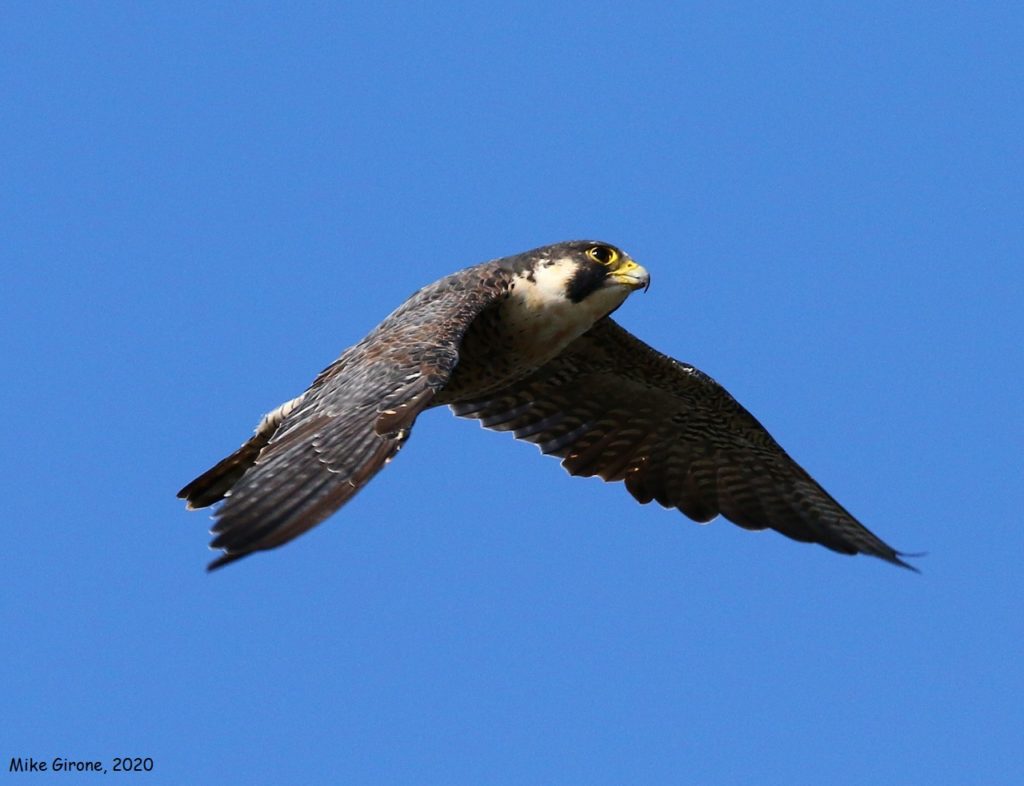
The magnificent Peregrine Falcon has also returned to New Jersey, adapting to manmade structures while still very vulnerable to human overdevelopment and congestion of the Garden State.
Mike Girone, who I respectively refer to as Mike “The Peregrine” Girone, monitors nine nest sites and has devoted years to protecting the fastest animal on earth. “It’s definitely a labor of love,” Girone said. “Trying to spend a decent amount of time at nests (including travel time) while meeting work-related and personal obligations is not easy, particularly if free time is limited during crucial parts of the nesting season. The events of this year made it especially challenging. Weather is another wild card: there were quite a few days I was playing a sort of cat-and-mouse game with thunderstorms while trying to monitor newly fledged Peregrines! Having an app with real-time radar on a cell phone is, in my opinion, one of the most important items in a nest watcher’s “tool box.”
“Then there are the ups and downs of the nests themselves. You know at the start that not all of them will be successful, but it’s still very tough to see a nest fail (particularly if it happens after young have hatched). On the other hand, that makes it that much more joyful to see success! I’ve been monitoring Peregrines since 2009, and I still get goosebumps when I see young falcons learning how to fly, seeing the progress being made each time I return. It’s very uplifting, and you feel an attachment with the birds, as in a very real way, you’ve gone on a journey with them.
“It’s been a long-term journey as well,” Girone said. “Peregrines, along with Osprey and Bald Eagles, have, and continue, to stage an incredible comeback. It’s a comeback I’ve had a front-row seat for and help NJ Fish & Wildlife track, as the number of Peregrine nests I monitor has increased considerably since 2009. Watching them in both natural as well as a variety of man-made sites has shown how adaptable they are, an important part of living in our heavily developed state.” Thanks, Mike, for your commitment to the Peregrine Falcons!
Then there are special times when nest monitors team up to help protect a nest and their young. This past season, five of us joined up to help a fledgling Eagle in Bergen County and then most recently Jimmy Macaluso, Chris Takacs( Nest monitor and raptor rescuer extraordinaire) and myself helped get a young Peregrine falcon that left the nest too early and was in a very precarious spot to say the least to the Raptor Trust with a successful outcome ,which makes all the hard work well worth the effort.
The next time you look up and enjoy a Bald Eagle soaring overhead, watch in awe as an Osprey catches a fish before your eyes or watch the Peregrine falcon hunt over the Meadowlands once again know that someone more than likely watched over that amazing creature, through all extremes of weather, sacrificing time away from family, stressing over their well-being and survival. Nest Monitors are educators, naturalists, sometimes policemen and protectors, and always putting the well-being of the raptors they watch above all else. Please thank them if you see them because without them there would be far less raptors of the skies for us and future generations to enrich the environment and all our lives.